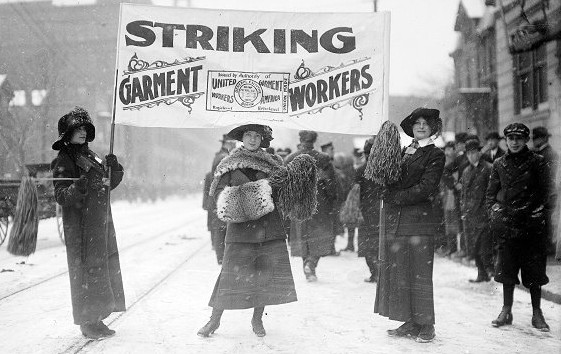Key Difference – Strike vs Lockout
Both strikes and lockouts involve the cessation of work in a factory or another workplace. The key difference between strikes and lockouts lies in the parties who initiate the cessation of work. In a strike, employees stop working, whereas, in a lockout, employers stop the work of the employees. Let’s look at the differences between strikes and lockouts more comprehensively in this article.
What is a Strike?
A strike can be defined as “a refusal to work, organized by a body of employees as a form of protest, typically in an attempt to gain a concession or concessions from their employer.” They are usually started by labor unions to convince management to provide higher salaries, benefits, or improved working conditions. Strikes may be specific to a particular employer, workplace, or even a unit within a workplace, but they might also involve the entire industry or every worker in the country. A strike can take various forms; it may involve employees refusing to attend work, standing outside the workplace to prevent others from working, or occupying the workplace but refusing to work or leave the premises (a sit-down strike).
What is a Lockout?
A lockout can be defined as “the exclusion of employees by their employer from their place of work until certain terms are agreed to” (Oxford online dictionary). It is a temporary stoppage of work initiated by the management of the company and often used during labor disputes. A lockout is typically implemented by refusing to admit workers onto company premises, either by changing the locks or using security guards to secure the area. Lockouts are considered the opposite of strikes and are used by management to enforce terms of employment upon a group of employees during a dispute.
Key Takeaways
- Strikes are initiated by employees and aim to gain concessions from the employer.
- Lockouts are initiated by employers and aim to enforce terms of employment upon a group of employees during a dispute.
- Strikes can involve employees refusing to attend work, standing outside the workplace as a form of protest, or occupying the workplace but refusing to work, while lockouts involve refusing to admit workers onto company premises.
